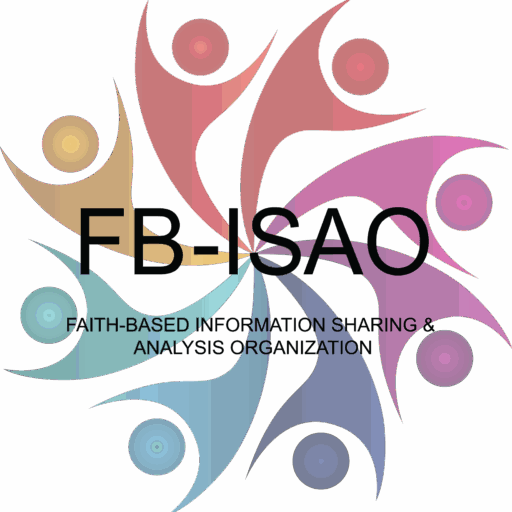The Cyware Situational Awareness Platform

FB-ISAO has elected to use the Cyware Situational Awareness Platform for its report distribution. This basic guide includes the simple process for getting started using CSAP.
Cyware Situational Awareness Platform (CSAP) is a real-time threat information sharing and communication platformthat enables FB-ISAO to systematically share accurate and actionable strategic threat intelligence. CSAP’s unique mobile capability is the underpinning for a powerful “On-the-Go” availability of information and platform access thatempowers security teams to take action in real-time or warn employees of an immediate crisis.
Getting Started
What to expect:
- You will receive an email invitation with the “Join Now” button that will ask you to join the FB- ISAO CSAP Platform.
- Here is a link to a Cyware’s CSAP help article on how to sign into the CSAP Member Portal.
- Cyware also has a mobile version of its app. In your app store, please search for Cyware (depending on what operatingsystem you use, the app name could be Cyware Social or Cyware Enterprise. Note that the code for the mobile app is“FB-ISAO”.
How We Distribute Reports
- TLP:CLEAR: Information is sent from the CSAP Platforms as an email distribution. Members are free to share the information freely.
- TLP:GREE: Information is sent from the CSAP Platforms as an email Members may share theinformation with peers and partner organizations within their community but not via publicly accessible channels.
- TLP:AMBER: From time to time, FB-ISAO will send information that is designated as TLP:AMBER. Because TLP:AMBER information is sensitive and needs to be safeguarded, we do not send TLP:AMBER information via email. Members will receive a notification, via email distribution, to let them know that TLP:AMBER information has been shared. Members will need to log onto theCSAP portal to retrieve the TLP:AMBER information. Members may share TLP:AMBER information with members of their own organization and its clients on a need-to- know basis to protect their organization and its clients and prevent further harm.
Reference: Traffic Light Protocol v2.0
